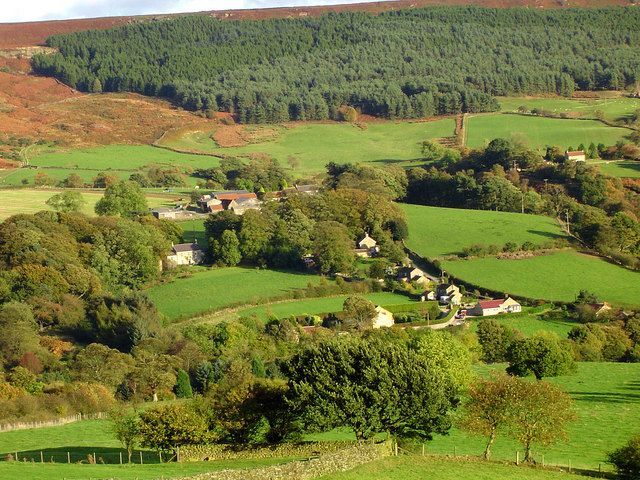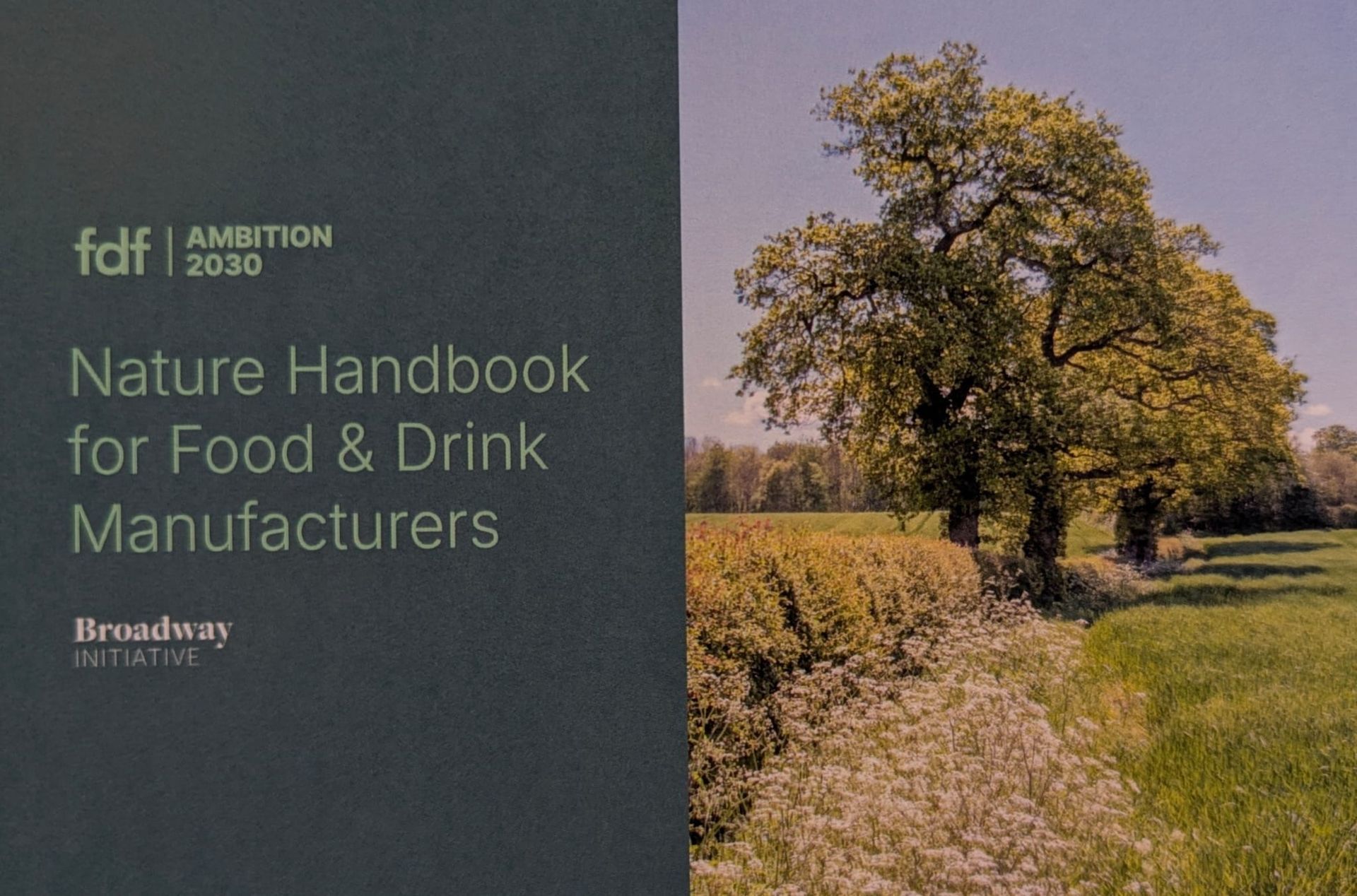Broadway's Land Use Framework Response
Towards a Coherent Land Use Framework: Aligning Growth, Nature and Governance

Last week we submitted our response to Defra’s Land Use Framework consultation, drawing on our role as the space in which trade associations and government connect on environmental issues to create a unique collaborative effort.
How we use land is central to the twin challenges of driving economic growth and reversing environmental decline. Land is where our ambitions for net zero, nature recovery, food security, housing, transport and energy infrastructure all meet. Yet the current landscape of land use policymaking is fragmented, with no single mechanism to coordinate these priorities across sectors or government tiers.
That’s why the Government’s proposal to develop a Land Use Framework for England is so important, and why Broadway felt it was important to bring together a wide cross-section of the land-using economy to formulate a response.
A Unique Contribution
While many of our members are submitting detailed sector-specific responses, our submission represents something different: a view derived from consultation across these diverse sectors on what the Framework must do to be effective. We believe this cross-sectoral consensus gives our contribution unique value: it’s not about defending individual interests but identifying the common ground where nature, climate, and the economy can advance together.
Key Insight: The Need for Joined-Up Spatial Planning
The core message to emerge from our members was simple: the Land Use Framework must act as a unifying tool, both across central government departments and across the various tiers of government, from national to regional to local. We see the Framework as a potential first step towards a single, coherent Spatial Plan for England, aligning efforts on energy, housing, infrastructure, agriculture, and environmental improvement. A guiding light for policy making with land use implications across the whole of government.
A Spatial Plan for England would integrate the spatially-relevant strategies being developed across departments, such as:
- The 10-Year Infrastructure Plan
- The Strategic Spatial Energy Plan by NESO
- Revised National Policy Statements
- Environmental Improvement Plan (EIP)
- Local Nature Recovery Strategies (LNRS)
- Local Area Energy Plans
- The Farming and Timber in Construction Roadmaps
Without a mechanism to bring these together, policies will continue to conflict, compete or duplicate effort, wasting resources and undermining the pace and quality of delivery.
A Learning: A Government Focus on the Regional Tier
While our members were interested in coordination at the national scale, much of our Defra engagement has suggested an appetite for policy cohering at the regional scale, at the level of Combined Authorities and metro mayors. This is a significant shift in emphasis, and one that presents both opportunities and risks.
Plans are already afoot to produce regional spatial strategies for development and energy, in the form of Regional Spatial Development Strategies and Regional Energy Strategic Plans. However, there is currently no obvious mechanism for these regional strategies to integrate with national environmental goals (such as those in the EIP) or with local implementation tools like LNRS or the Local Environmental Improvement Plans (LEIPs) originally proposed by Broadway and recently endorsed by the Corry Review.
This lack of mediation between national environmental priorities and local delivery structures risks creating a serious governance gap which could result in underpowered regional nature delivery misaligned with development planning, as well as missed opportunities to deliver multiple benefits through coordinated land use decisions.
Our consultation response therefore proposes that the Land Use Framework actively supports regional institutions to play this mediating role, while also calling on government to set clearer expectations for coordination across spatial strategies and levels of government.
Making the Framework Work
Of course, coordinated policy making is far from the only role for a new Land Use Framework, and our submission pointed to many further points of consensus. Drawing on input from trade associations working across land, water, logistics and construction, we said an effective framework would:
- Provide stability and clarity to support investment and long-term planning across sectors.
- Ensure high-quality spatial data is available and used consistently, underpinned by a clear governance structure and potentially led by a national 'data champion.'
- Empower regional and local actors to plan coherently, aligning local development, nature recovery, energy planning, and catchment management under a shared vision.
- Support innovation in land use decision-making, with flexibility to respond to local context and incentives to deliver multiple benefits.
- Coordinate funding and market mechanisms, including private investment in nature and carbon markets, to ensure coherent outcomes and avoid perverse incentives.
- Ensure robust oversight, with transparent progress reporting and adaptive management to evolve the Framework over time.
What Comes Next?
The development of a Land Use Framework is an essential step towards making land use planning more coherent, sustainable, and effective. But it must not be a siloed Defra initiative. It must be a cross-government endeavour, embraced by departments responsible for energy, transport, housing, and economic growth as much as by those focused on environment, farming, and nature.
Broadway Initiative will continue to convene its members to support the development of this vital Framework. We remain committed to identifying practical opportunities for policy alignment, investment certainty, and delivery on the ground. The Land Use Framework is a vital opportunity to align public and private effort behind shared outcomes; we must not let it go to waste.



